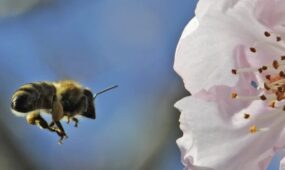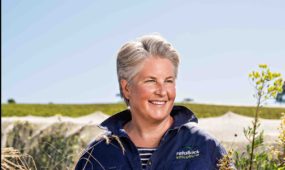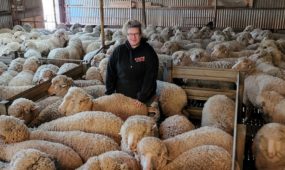Rapid freeze technology to drive European Kingfish sales
Primary Industries
The world’s largest full-cycle breeder of Yellowtail Kingfish has launched rapid freezing technology it hopes will grow its share of the European market.

Sign up to receive notifications about new stories in this category.
Thank you for subscribing to story notifications.
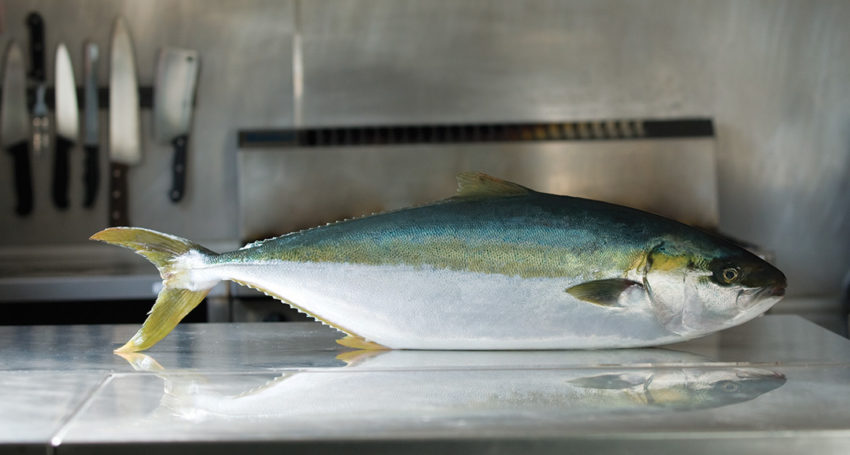
Australian company Clean Seas Seafood grows close to 3000 metric tonnes of its Spencer Gulf Hiramasa Kingfish in the waters of South Australia each year.
The majority of its exports to Europe – where it has about 60 per cent of the Kingfish market – have been whole fresh fish airfreighted from South Australia twice a week, 52 weeks a year.
While its new liquid nitrogen rapid freezing technology is not aimed to replace the premium airfreighted fresh fish, the company plans to use the frozen fish to access markets further afield and at price points previously not achievable with a fresh product.
The frozen Kingfish will initially be available in fillets but there are plans to package it in smaller portions such as loins, which would be ideal for small eateries such as sushi chains.
Dubbed SensoryFresh, the frozen product was launched in April in Brussels at the 2018 Seafood Expo Global and also at a dinner in London.
The equipment, below, has been installed at Clean Seas’ new processing plant in Adelaide and is being called a “game changer” by the company.
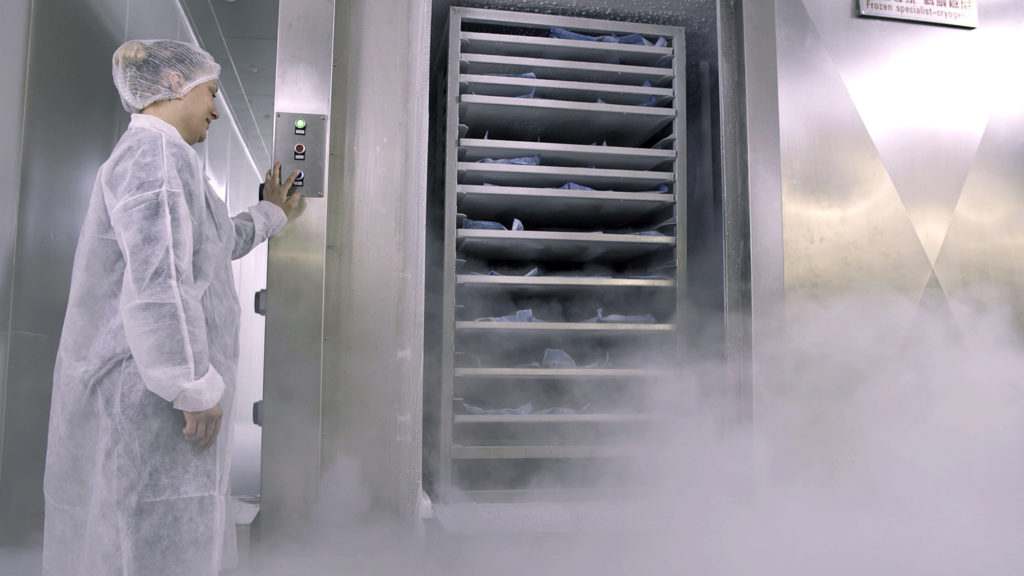
Clean Seas Managing Director and CEO David Head said the technology had been traditionally used to rapid-freeze high value fruits and berries.
He said the technology cooled the Kingfish to freezing point in about 22 minutes, 10 times faster than conventional freezing, and took another 25 minutes to reach -35C.
“To capture the colour, aroma and flavour -35C must be reached quickly – conventional freezing won’t do this,” Head said.
“Our rapid freezing achieves surface temperatures of -95C and core temperatures of -50C to -70C.
“This is potentially a game changer for Clean Seas – we see this as being one of the most powerful product propositions we’ve taken to market.”
Yellowtail Kingfish, with its creamy white to pale pink flesh, grows to about 4.5 kilograms and is known for its sashimi qualities but is also gaining traction as a versatile cooked product.
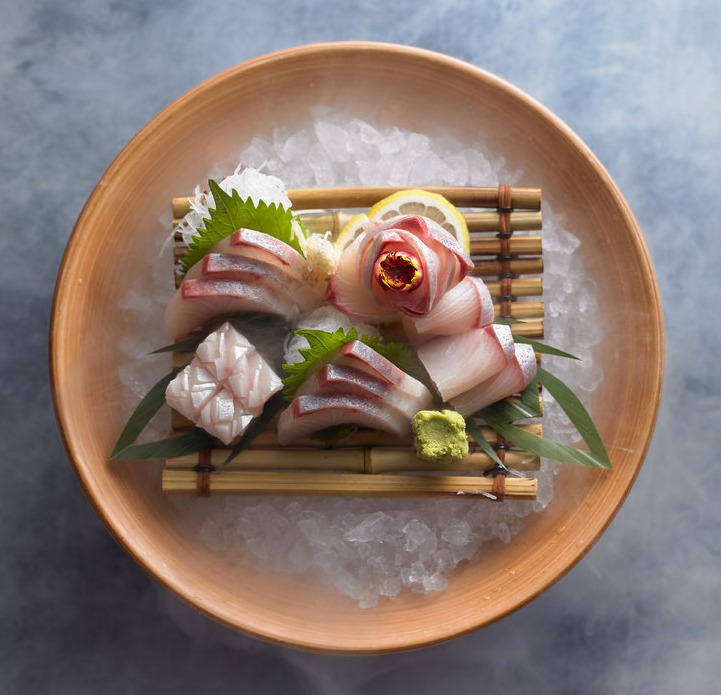
Air freighting fresh Kingfish around the world costs Clean Seas between A$3-$5 per kg compared with less than $1kg to keep it under -35C throughout the supply chain to the point of distribution.
Clean Seas Seafood grows its Kingfish in Boston, Arno and Fitzgerald Bays in the pristine Spencer Gulf, which also supports global Western King Prawn and Southern Bluefin Tuna industries. The gulf is fed by the Southern Ocean and has a direct line of sight to Antarctica some 3500km to the south.
The Kingfish are processed and frozen within 24 hours of being harvested.
Head said the thawed fillets could be served raw or cooked.
He said another advantage of the frozen fillets was that restaurants could thaw fillets as they needed them rather than being obliged to use a whole fresh fish within a relatively short timeframe.
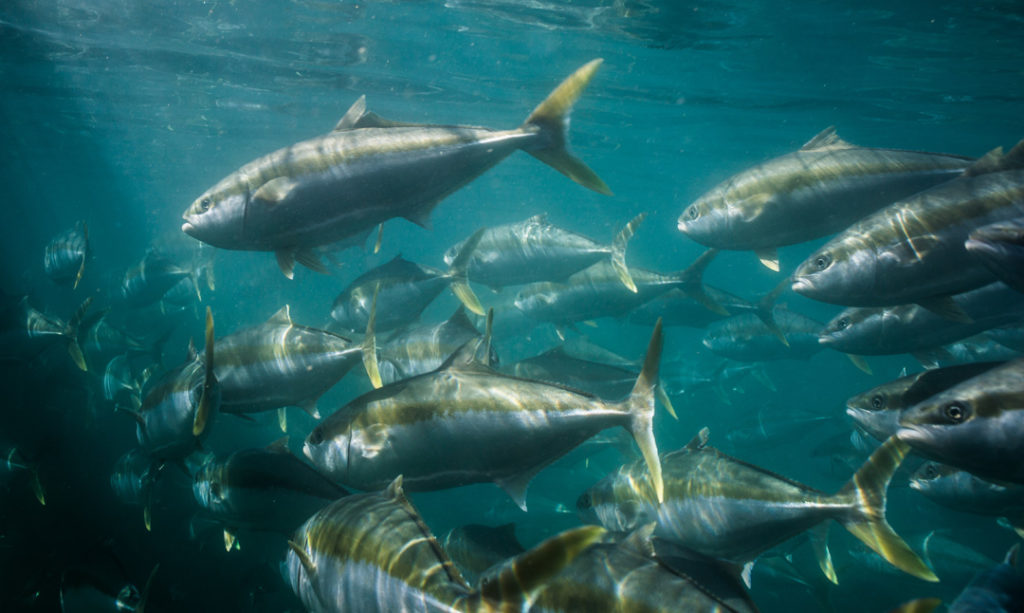
“There’s a big gap in the market we’ve identified where there are some chefs who, either because of their geography or that their menu doesn’t justify what’s undoubtedly one of the most expensive fresh fish in the world, previously haven’t had access,” Head said.
“We’ve always believed our raw fish is outstanding and possibly the best raw fish in the world but in terms of something that is quite unique in a product development sense this is absolutely it.”
Clean Seas commissioned the technology in March and is building inventory and finalising its supply chain. It plans to send its first SensoryFresh shipment to Europe in June.
Head said competition from land-based Kingfish farms in Germany, Denmark and the Netherlands had emerged recently.
“One of the things this product will do is be able to land product into Europe much cheaper than we’ve airfreighted it and when you consider that we’re possibly 18 months or two years away from a Free Trade Agreement that would take another 15 per cent off our price,” he said.
“These are all steps designed to make us competitive against the new entrants to the market in Europe.”
Jump to next article
